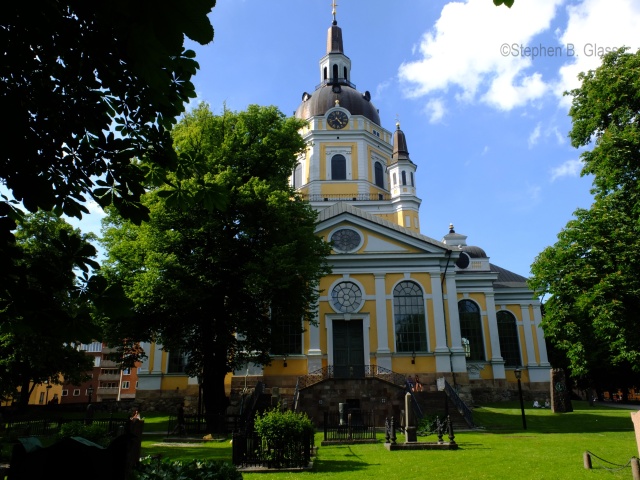An Urban Restoration Opportunity
February 7, 2014 Madison, WI–It seems the long-rumored Monroe Street reconstruction project is now tentatively scheduled to begin in 2015 (from Leonard to Odana Rd) and continuing in 2016 (from Regent St. to Leonard). Beyond the traditional reconstruction elements of resurfacing, new curb and gutter, and fresh paint on the pedestrian cross walks, it is unknown what the City intends. Nor is it known what the project will mean for the neighborhoods, Lake Wingra and the larger watershed. But at least the time for public input has arrived with a “listening session” scheduled for Thursday April 10, 2014
MONROE ST LISTENING SESSION – RESCHEDULED
Thurs, April 10 – 6: 30 pm
Hotel Red, 1501 Monroe St
Monroe St reconstruction is scheduled for 2015. This is a listening session to gather your ideas. (The originally scheduled meeting for March 20 is canceled.)
“This is the first of several neighborhood meetings to plan for Monroe St reconstruction. Monroe from Leonard to Odana is scheduled for 2015; from Regent to Leonard in 2016. This is a listening session only…bring your ideas!”
The notice of this meeting comes from Alder Sue Ellingson (District 13). Click here for this update, meetings, and other news from District 13.
Sustainable and Livable Urban Design, the Swedish Way
I have an idea and a request. It is that our Madison urban planners borrow a few sustainable and livable urban design elements from their European colleagues. The goal would be to encourage civic and public use of the neighborhoods/streets at a human scale through design features that: 1) enhance a walkable neighborhood; 2) encourage bicycle use and safety through bicycle lanes physically separated from vehicle traffic; 3) designated spaces for abundant bicycle parking; 4) design a few small public gathering spaces that feature places that encourage people to sit, linger, and meet with neighbors; 5) create a primary public meeting space around a prominent landmark (clock, fountain, garden); 6) use permeable pavement, and install some rain gardens, among other features to encourage infiltration.
It’s not that Americans designers don’t know how to build livable cities but rather that the Europeans have been at it a lot longer than we have and they have perfected a few simple approaches that have broad appeal.
Because I am most familiar with the Scandinavian ideal of urban sustainability and livability and particularly the Swedish version of these design principles I’ll stick to what I’ve learned from my time in Sweden, what I’ve experienced in Stockholm, and what I’ve learned from friends (both Swedish and American) who live in that wonderful city.
Timely Report from Stockholm
Just on the heels of reading the notice of the Monroe Street “listening session”, I received an email from a friend and retired University of Wisconsin–Madison professor who now lives part-time in Stockholm. In the email was lots of news from Stockholm and a link to this Sustainable Design blog post spotlighting the sustainable design features of the delightful Mariatorget square in Stockholm’s Sodermalm district.

Maria Magdalena Kryka. Construction of this church near Mariatorget was begun in 1580, making it the oldest church in Sodermalm.
Torget is Swedish for plaza or square and this one is near the Maria Magdalena Church in the neighborhood where I spent a week last summer visiting Swedish friends. Mariatoget was a convenient base for exploring Stockholm, in part because it has two nearby subway (Tunnelbana) stops and a variety of other public transport, but mostly because it is a walkable, lively, civic space with an abundance of shops, restaurants, bars, parks, and areas to just sit and read or people watch. (If this sounds a bit like parts of the DMNA and Vilas Neighborhoods it’s because these two Madison neighborhoods have a little of the flavor and some of the urban features of Stockholm).
Urban Design Features of Mariatorget
The Urban Design Qualities Inventory of Mariatorget identifies the many sustainable urban design qualities and features that make this part of Stockholm so appealing. (It should be noted that Mariatorget is one among many pearls on Stockholm’s urban live-ability necklace.)
Read the above Mariatorget blog post for full details but in a brief summary, the urban design inventory notes that Mariatorget stands out for its:
- Comfort (seating, shade, safety, etc.)
- Urban design appeal (access to transportation, noise reduction, accessibility and connectivity to other public spaces, etc. )
- Walk-ability (wide central lane, open space, cleanliness, etc. )
- Visual appeal (public art, well-maintained landscapes, etc.)
Can We Design Like This in Madison?
To be fair, Madison designers are already incorporating some of these sustainable urban design elements. The Lake Mendota-to-Kohl Center promenade on the UW-Madison campus is a fine example, as is the Memorial Union Terrace–one of the finest public spaces in the country. The recent changes to the city’s zoning code and recent projects on Monroe Street are other expression of modern, human scale, urban design principles. Unfortunately, the dominance of the car on the American landscape continues to swamp or isolate all such efforts.
What will it take to get these design principles adopted and functionally integrated into designs for the future? It will need lots of civic engagement in the planning and design process and a realization that Monroe Street reconstruction project (and others like it) is not just a highway or traffic issue but it has the potential to also be a transportation, and social/environmental project with vast benefits for the live-ability of our neighborhoods and the ecological health of our watershed.

